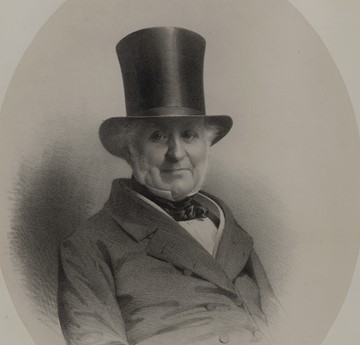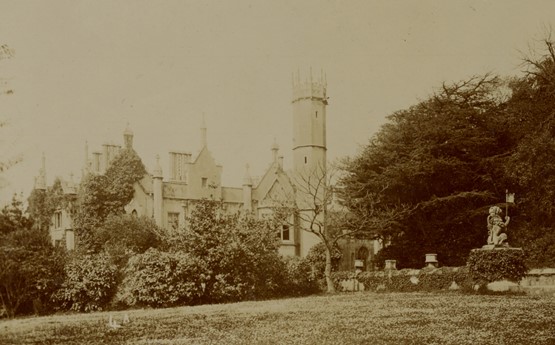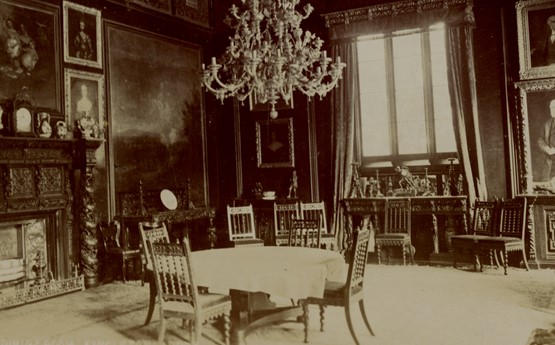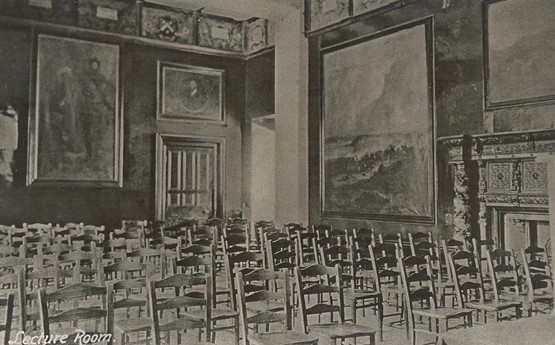The University College of Swansea was founded in 1920. Almost from the beginning, staff and students researched, taught and studied in Singleton Park. At the centre of the College was Singleton Abbey. This had been the home of the wealthy industrialists, the Vivian family, who bought the building in 1817. After buying it, John Henry Vivian expanded the original structure so that it resembled the current Abbey. It has never been anything ecclesiastical; it was called the Abbey because it had been built in a neo-gothic style. The Vivians were of Cornish extraction and they owned the large Hafod copper works in Swansea. However, by 1919, the Abbey, which was falling into disrepair, fell into the hands of the local authority. In 1923 the Council gifted the Abbey and thirty four acres of land to the University.
John Henry Vivian (1785-1855) drawn on stone by J.H.Lynch. c.1850
In the early years of the College, the Abbey was the main building where lectures and classes took place but it was also where the science laboratories, common room, library and refectory were. Space quickly became an issue, as did practicability. The College was essentially trying to operate out of the Vivian’s old mansion. The former dining room was the lecture theatre, the orangery was the refectory, and a series of bedrooms and studies were now classrooms. The fact that the building had been built in stages, and sometimes in a slightly eccentric manner, added to this complication. By the mid-1920s, temporary pavilions were built in the grounds of Singleton Park to house departments like Engineering, Physics and the Arts.
The Abbey is still the central building of Swansea University today. It houses the senior management and administrative teams. Rooms like the once grand dining room, which then became a lecture theatre, is now the Council Chamber.
Find out more about the founding of Swansea University by reading Hugh Jones’s essay on Frank Gilbertson, the College’s first President and local industrialist.
The material is courtesy of the Richard Burton Archives, Swansea University.




